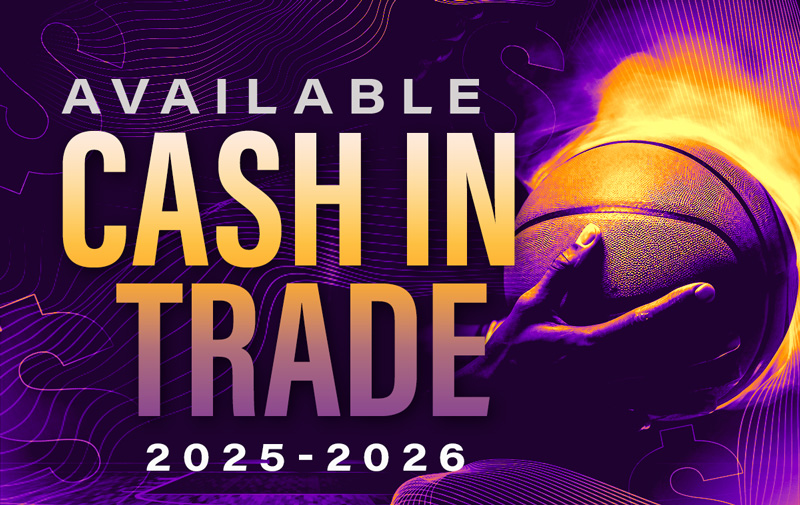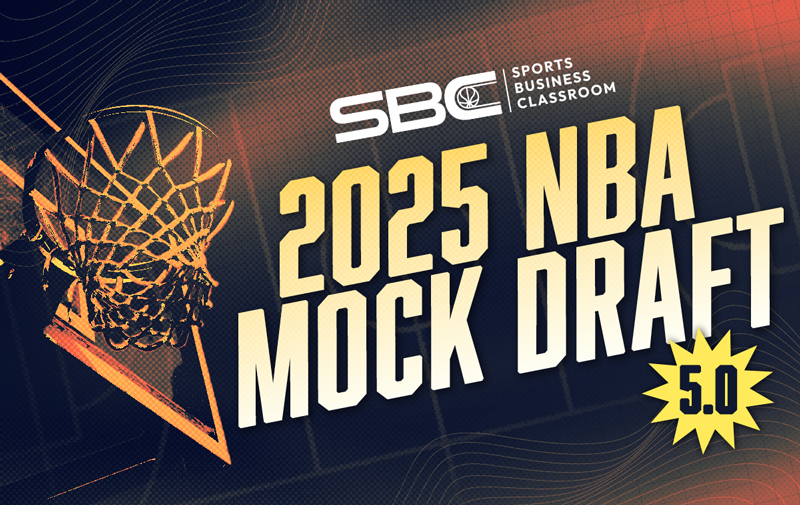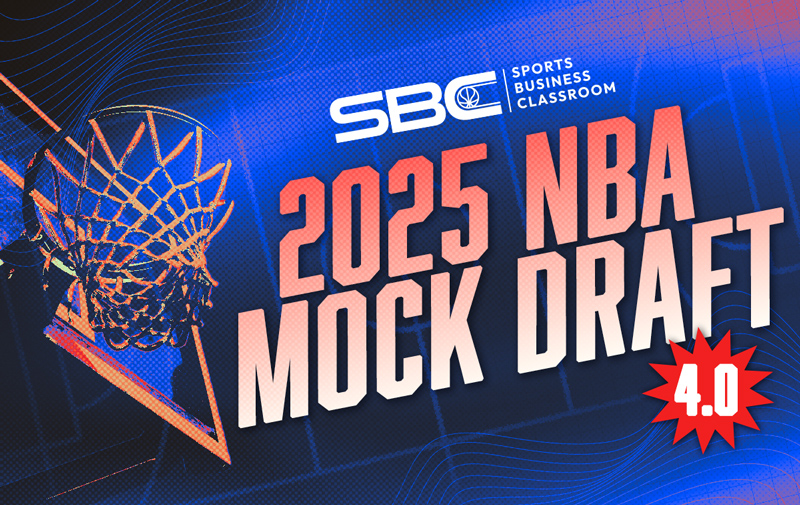
Fans love to play general manager, willing their team to a championship via a flurry of fake trades. But not every player is trade eligible—an understandable area of confusion for fans, especially after a player receives a contract extension.
The following cheat sheet to help clean that up!
When Can Players Be Traded, In General
This season’s trade deadline is February 10, 2022. After the deadline, teams must wait until their season is complete before returning to dealing. That means a lottery team this past season, like the Houston Rockets, could start trading in April, but the Golden State Warriors were restricted until the NBA Finals were over in June. The league also has a moratorium each year (July 1-5) where trades are off-limits.
What are Typical Trade Restrictions?
Individual players also have trade restrictions once they sign a contract as a free agent. If the player was recently drafted or sign to a two-way contract, the restriction is for 30 days.
A typical free agent cannot be traded for the latter of three months or December 15. For example, a player signed on August 16 cannot be traded until December 15, but one signed on September 16 can’t be dealt until December 16.
In cases where a player re-signs with a team via Early or Full Bird Rights at a raise greater than 120 percent of their previous salary, the trade restriction is in place until January 15. Without suggesting it’s a consideration, the Memphis Grizzlies cannot trade Tyus Jones until January 15.
Some players can block a trade. Bradley Beal has a no-trade clause with the Washington Wizards. Because the Phoenix Suns matched the Indiana Pacers’ offer sheet to Deandre Ayton, the center can block a trade for an entire year.
When a free agent re-signs with a team for one season (even if it’s a two-year deal, but the second is a player or team option), that player can block a trade through that first season (unless the option is exercised to extend the deal).
Another popular misconception is that a player cannot be traded to one team and subsequently traded to another without some delay. If the acquiring team is over the cap upon executing the first trade, the player has an aggregation restriction for 60 days. In other words, the player can be re-traded immediately, but his salary cannot be combined with another player’s salary to acquire a higher-salaried player for roughly two months.
What About Extensions?
When a veteran signs an extension, the size and length of the extension determine trade eligibility. Teams are permitted to extend-and-trade players, but such extensions are limited to no more than a five percent raise and two additional seasons.
Anything larger, like LeBron James’ extension with the Los Angeles Lakers, includes a six-month no-trade restriction. James signed on August 18 and six months puts his trade eligibility past the February deadline.
Bojan Bogdanovic recently signed an extension with the Detroit Pistons that raised his salary from $19.6 million to $20 million with two additional years. He can be traded again without restriction. Bogdanovic wasn’t eligible for a more significant extension because he was recently traded by the Utah Jazz to Detroit—subjecting him to a six-month limit on an extension to the extend-and-trade range.
Additionally, Devin Booker signed an extension with the Phoenix Suns on July 6, which would suggest a six-month restriction; however, he signed a designated veteran extension (supermax) which has a one-year restriction.
Finally, rookie-scale extensions don’t have a time-based restriction at all. Players drafted in the first round of the 2019 draft and extended before the fourth year of their contracts can be immediately traded. For instance, the Cleveland Cavaliers can trade Darius Garland (not that they would) after giving him a designated max extension in July.
While rookie-scale extensions don’t include a trade restriction, they come with a poison pill. If Garland were traded, the Cavaliers would be credited with sending out his current salary for 2022-23 ($8.9 million), but an incoming team would need to account for his average salary over the life of the entire contract ($33.9 million).
That imbalance between incoming and outgoing salary can make a two-team trade difficult but is not necessarily prohibitive.
Email Eric Pincus at eric.pincus@gmail.com and follow him on Twitter @EricPincus.




